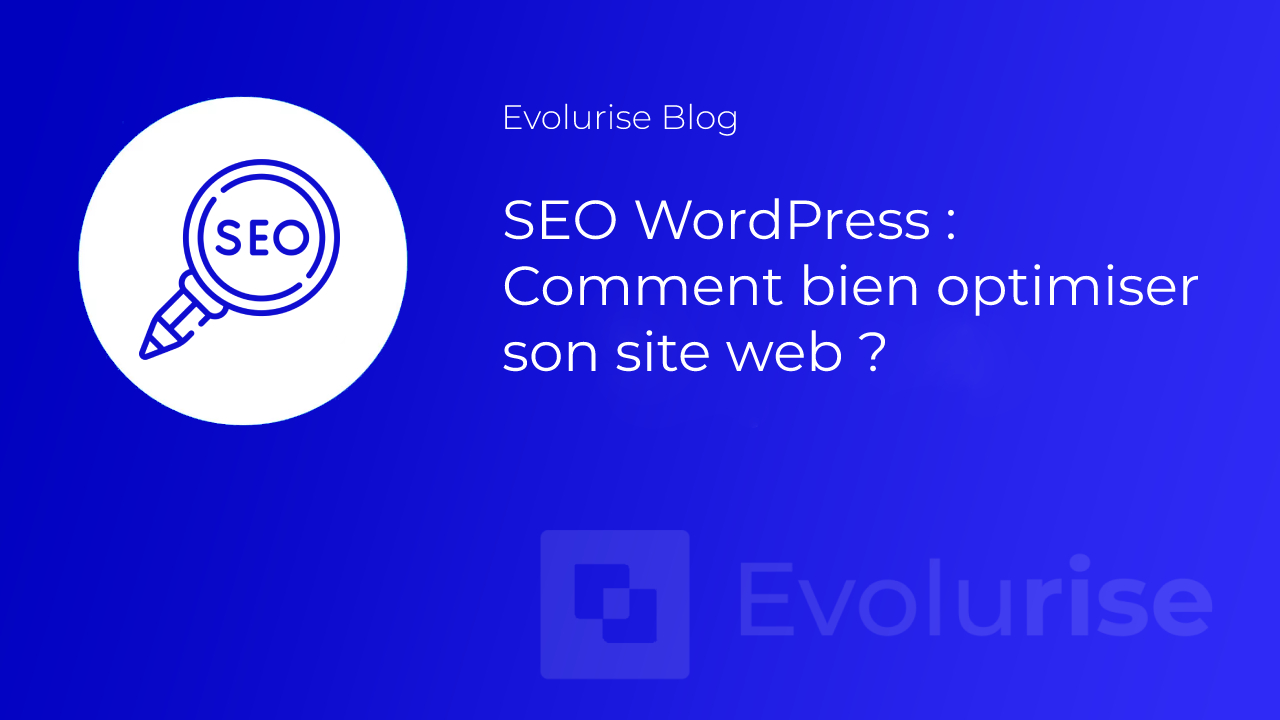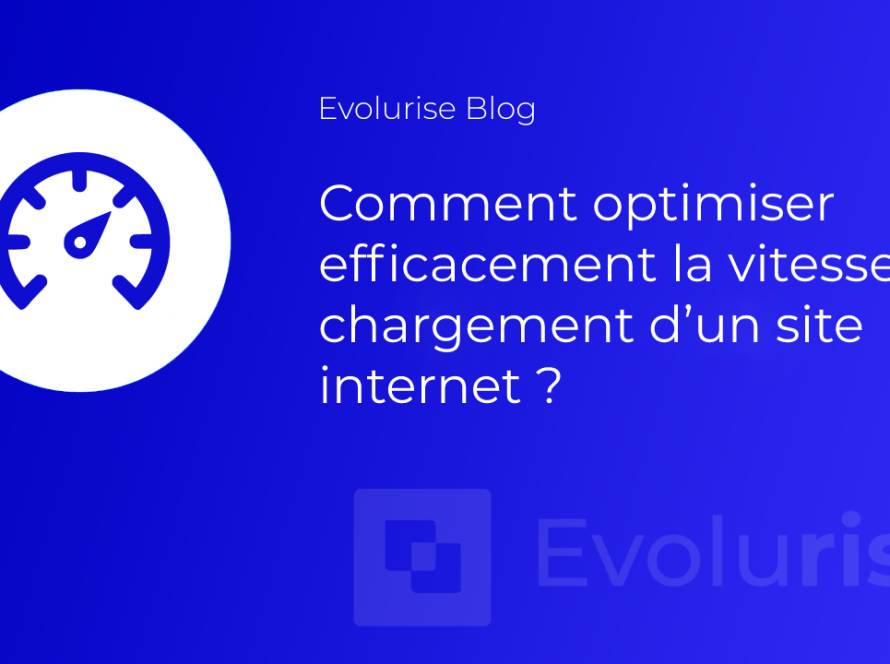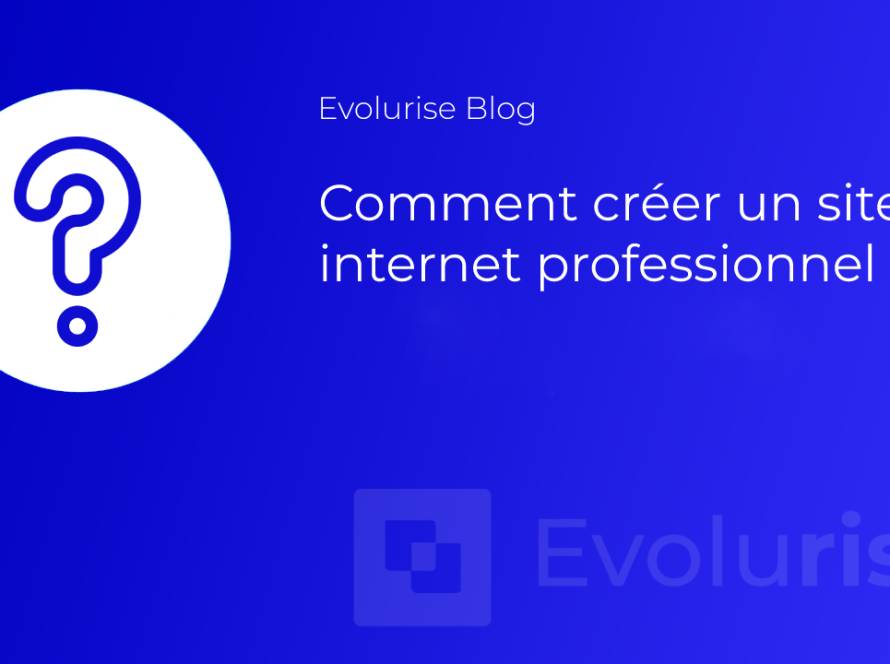
WordPress SEO is a skill that all web designers need to master. The Google search engine receives more than 1,000 new sites a day, competing for top positions with thousands of other sites already on the web. So it's vital to know how to stand out from the crowd by applying SEO techniques that work every time. With your success in mind, WS Digital Consulting's web design experts have decided to teach you how to optimize your website. From basic settings to linkage, content adaptation and SEO performance optimization, you'll know exactly what to do.
Basic WordPress settings for quality SEO
Being in the top 3 or top 5 of Google results is by no means easy. And to set the bar high, you need to be meticulous in everything you do. When creating a WordPress site, WS Digital Consulting advises web developers to consider SEO optimization from the very first click. This requires well-structured basic settings. Here's what you need to do to set up your new website optimally with the WordPress tool.
Prerequisites for SEO optimization in WordPress
Before embarking on basic website configuration, you need to master the nuts and bolts of SEO optimization for search engines like Google. And there's nothing difficult about that! Just ask yourself one question: what does Google want from my site?
Typically, the elements that website owners focus on when creating their pages are content quantity, keywords, image insertion and links. That's all well and good, but it's not enough. It's hard to stand out if you're following the same trend as everyone else.
To succeed on Google, you need to know that it loves unique, high-quality content.
Yes, quality is the word to keep in mind when creating a website. And quality means being able to attract, retain and satisfy visitors. So, contrary to popular belief, you need to focus on your visitors, not on Google's seductive techniques.
In a nutshell, to shine on Google, you need to focus on your visitors' well-being. Let's take a closer look.
WordPress SEO settings for attracting and keeping visitors
The basic setup of a WordPress website involves several elements. Knowing how to do this with the well-being of visitors in mind is an SEO trick that can help you stand out from the crowd. In the settings tab, tactfully create, fill in or configure :
- The title of your website: this is the first SEO element, which must be simple, captivating, interesting and click-inducing.
- the URL address: this should be as short as possible, so that visitors can find you at any time.
- the different pages: these are the home pages, the category pages and the blog for blog posts. A well-structured site with a good site map allows visitors to navigate easily, knowing where they're going, which has a positive influence on SEO. If it's a showcase site, structure it in different parts to facilitate navigation.
- display and legibility: this is a very important point in limiting the bounce rate on a page. With a good font and pleasant, captivating colors, web users feel at ease and stay on the page longer.
- extensions: adding the Yoast SEO extension will enable you to optimize your content and achieve a score of over 80 %.
- indexing: to give robots and spiders easy access to your pages.
- sitemap.xml: considered the root of a website, it tells Google which pages to display in the appendices. It is generally combined with robots.txt for best results.
Once all these settings have been made, move on to the next step.
Adapting website content for the web
When it comes to SEO, content is king. Everyone knows that. But how many people manage to elevate the royalty of their site's content?
To get your site's content to appear in Google's top results, you first need to find relevant keywords related to your industry. This is an essential step that determines the success or failure of your work. That's why it's essential to go to great lengths to find the best keywords.
There is free software in the Google Search Console, UberSuggest and paying (Yooda Insight) to select the right keywords for optimized content.
Next, you need to take into account Google's optimization criteria. These are :
- Title and subtitles The quality and structure of titles. The content available on the site must have a strong Title tag, as well as well-structured and coherently arranged sub-headings (H1, H2, H3... H6). Each title or subtitle must contain essential keywords for better SEO referencing.
- The meta description of the meta tag to give visitors a taste of the site.
- Logical insertion and bolding of keywords to highlight an idea or piece of information that is useful to the reader.
- Adding hyperlinks Links: whether internal or external, links are not inserted randomly into content. It must not only direct the surfer to complementary information, but also, and above all, to quality information.
- Media coverage of content To make your pages more dynamic, easier to read and understand, and retain visitors longer, add videos, images or stickers. You can also optimize your pages with sub-headings that contain keywords, thanks to the Alt tag. Before uploading media, consider their size and weight. They should be reduced as much as possible while maintaining quality, so as to minimize page loading time.
- Content volume The more content you have on your site, the more traffic you attract and the better signal you give to Google. And with quality content, you'll have subscribing readers who will spread your articles more widely. This in turn promotes good search engine optimization.
While you're optimizing the content of your site, you need to think about internal and external linking. This will be the subject of the next section.
SEO and Linking: for quality optimization
It's impossible to effectively optimize the SEO of your WordPress website without mastering the notion of linkage.
Linking is an SEO operation that consists of inserting internal and external links into a piece of content or a page.
What is an internal link? It's a redirect that takes the reader to another page on the site.
An external link is a link that connects the content of a site to the content of another site.
All these links are inserted to complete or better explain the meaning of a term in the text. They are sometimes added simply for illustrative purposes, and have a very positive impact on the page's SEO quality.
The more relevant the information found by clicking on the button or on the inserted link, the more the reader approves of the quality of your content, and the better your page will be referenced by the search engine.
On WordPress, to add a link, simply open the page containing the additional information and copy its link into the address bar. Then select the word to be linked (anchor), click on the "add link" button and paste the previous link. The shortcut ctrl+K is very useful here.
As for the external link, the process is the same. The only difference is that the link to be copied belongs to a different site from yours.
We distinguish between long and short tail links, which include several or just one keyword in the anchor.
Did you know that the number of links in a piece of content also influences a site's SEO quality?
That's right! In SEO, nothing is done at random. Depending on the volume of your content, there's a specific number of links to insert. Especially when it comes to backlinks (links from your site to other sites), it's advisable to add only 2 or 3 links every 1,000 words, and above all to ensure the quality of the link. When the parameters are well defined, the content optimized and the mesh integrated, think about optimizing the overall performance of the website.
Optimizing website performance
To optimize the performance of a WordPress site, you need to add a cache plug-in. There are a number of these plug-ins, all of which store a site's pages in the browser. This makes it easier and faster to access those pages over and over again.
Once you've linked a plug-in to your site, you can further optimize its performance by optimizing the images. To do this, simply :
- Check image size The ideal size for an illustration image in a blog post is 600 x 1200 pixels. Use Photoshop or Gim to correct the size of your images. You'll also find quicker and easier tools online.
- Choose the right resolution To make page loading easier, use tools like the free remov.bg version to reduce page weight. The less it weighs, the faster your site's pages will load. Be careful not to degrade image quality too much.
Now you know everything you need to know to set up an SEO-optimized website. During the creation of your site or after it has been updated, the web developer in charge of the work should be able to take all these tips into account. This will ensure a readable, well-structured site, with good titles, links and quality media for a better visitor experience. After that, all you have to do is cross your arms and be patient to start seeing the first results.
Would you like expert support in optimizing your website for better results? Discover our services.


